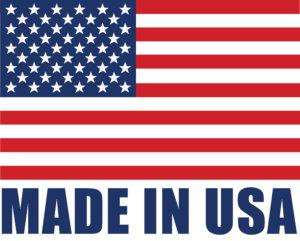Anti-fouling paint and foul-release propeller coatings are two different approaches to preventing fouling on boat propellers.
Anti-fouling Paint:
- Chemical Barrier: Anti-fouling paint contains toxic chemicals (biocides) that does deter the growth of marine organisms like barnacles, algae, and mollusks on the bottom of a boat. It works by creating a chemical barrier on the surface. It is not a practical solution for boat propellers and running gear as it will quickly come off your propeller when used.
- Erosion and Leaching: Over time, the biocides in anti-fouling paint slowly erode or leach out of the coating, releasing the chemicals into the water to deter fouling. This process provides long-lasting protection but may require periodic reapplication.
- Effective in Various Conditions: Anti-fouling paint is effective in various water conditions, including salt and freshwater. It is commonly used in marine environments where fouling is a concern.
- Maintenance: Regular maintenance, such as cleaning and occasional recoating, is necessary to ensure the continued effectiveness of anti-fouling paint.
PropGlide® Foul-Release Propeller Coatings:
- Non-Toxic: PropGlide® foul release coatings are non-toxic and do not rely on toxic chemicals to prevent fouling. Instead, they create a low-friction surface that makes it difficult for marine organisms to attach to the propeller while in use.
- Low Friction: PropGlide® coatings create a super-smooth surface that reduces drag, allowing the propeller to operate more efficiently and improve fuel efficiency.
- Easy Cleaning: Fouling organisms that do attach to the coated surface can be more easily removed through the motion of the boat. This reduces the need for frequent maintenance and recoating.
- Environmental Considerations: PropGlide® foul-release coatings are environmentally friendly because they do not release harmful chemicals into the water.
- Durability: PropGlide® foul-release coatings can provide effective fouling protection for a reasonable period (usually as long as the bottom paint), depending on the specific usage conditions.
In summary, the main difference between anti-fouling paint and PropGlide® foul-release propeller coatings is their effectiveness in preventing fouling. Anti-fouling paint uses toxic chemicals to deter fouling. It will not last on your propeller, while PropGlide® foul release coatings create a non-toxic, super slick surface that marine growth cannot adhere to while maintaining better adhesion to underwater metal surfaces, including the propellers and running gear.
Links:
PropGlide® Kit Sizes
What size PropGlide® kit do I need for my boat?
Where can I buy PropGlide®


